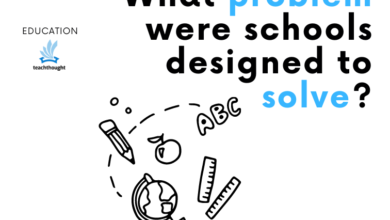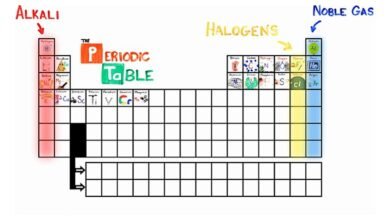
Using Classroom Coding Lessons With Interactive Platforms
by TeachThought Staff
In today’s rapidly evolving educational landscape, integrating technology and pedagogy has enabled new learning approaches, including gamification of learning.
Imagine a world where traditional classrooms give way to immersive educational quests, where students earn badges of accomplishment, collaborate with peers globally, and embark on learning adventures. Sounds fun, right?
This is the power of gamification, a transformative approach that utilizes game mechanics to redefine education as a truly engaging journey. Gamification in educational technology holds immense potential, offering motivation, enhanced comprehension, and the nurturing of essential skills for learners of all ages, including those targeted by CodeMonkey.
With this in mind, let’s take a look at the impact of coding lessons, the motivational capabilities, personalized learning experiences, collaboration and problem-solving, and the all-important real-world potential.
See also The Difference Between Gamification And Game-Based Learning
Motivation and Engagement Unleashed
Traditional teaching methods often struggle to sustain students’ engagement and motivation. The challenge lies in making learning exciting and pertinent for the digital-native generation. This is where gamification comes to the forefront. By incorporating game-centric elements such as badges, points, interactive challenges, and leaderboards into the learning process, educational technology platforms can transform seemingly mundane topics into more interesting and entertaining experiences.

The key lies in tapping into the intrinsic human need for recognition and achievement. When students earn points for completing assignments or unlock badges for mastering a skill, they experience a sense of accomplishment, spurring them to stay motivated and explore further.
Personalized Learning with Gamification
In educational technology, gamification caters to any individual’s learning style and pace. Traditional classrooms often employ a one-size-fits-all approach, leaving some students feeling left out and others held back from progressing. Gamified learning platforms, conversely, can much more easily adapt to each student’s progress and customize the difficulty level according to their needs.
Fostering Collaboration and Problem-Solving
The modern world increasingly demands collaboration and advanced problem-solving skills, skills that are vital for success in both personal and professional realms. Gamification in educational technology facilitates the development of these crucial skills engagingly and interactively.
Numerous gamified educational platforms incorporate collaborative projects and team-based challenges in which students are encouraged to collaborate to develop the best solution. This not only nurtures teamwork but also enhances critical thinking, which is essential for fostering good problem-solving abilities.
Accommodating Diverse Learning Styles
Every student possesses a unique learning style, and gamification accommodates a variety of preferences. Visual learners obviously benefit from things like interactive graphics and animations, auditory learners engage more with narrated content, and tactile learners will definitely interact better with more hands-on activities. By catering to the entire spectrum of diverse learning styles, gamified educational technology ensures that all students can get to grips with their tasks in much more natural ways for them individually.
Data-Driven Insights
One of the most notable aspects of gamification in educational technology is the sheer wealth of data that it can generate. Educational platforms can gather detailed data on things like student performance and progress and identify interaction patterns, something that obviously surpasses more traditional assessments. A more data-driven approach like this can help educators identify students who might be struggling early on, and decisions can then be made to make tailored decisions and interventions that will prevent them from falling too far behind.
The thing to remember is that educational technology is so much more than just points and badges in a classroom, it also has the potential to prepare students for the challenges of the real world. Many of the most popular education games can simulate real-life scenarios and situations that encourage students to apply their learned knowledge to address various problems.
It is important to remember that technological experiences in a learning environment can build up a wealth of experience and skill that is prime for transferring into real-life situations.




